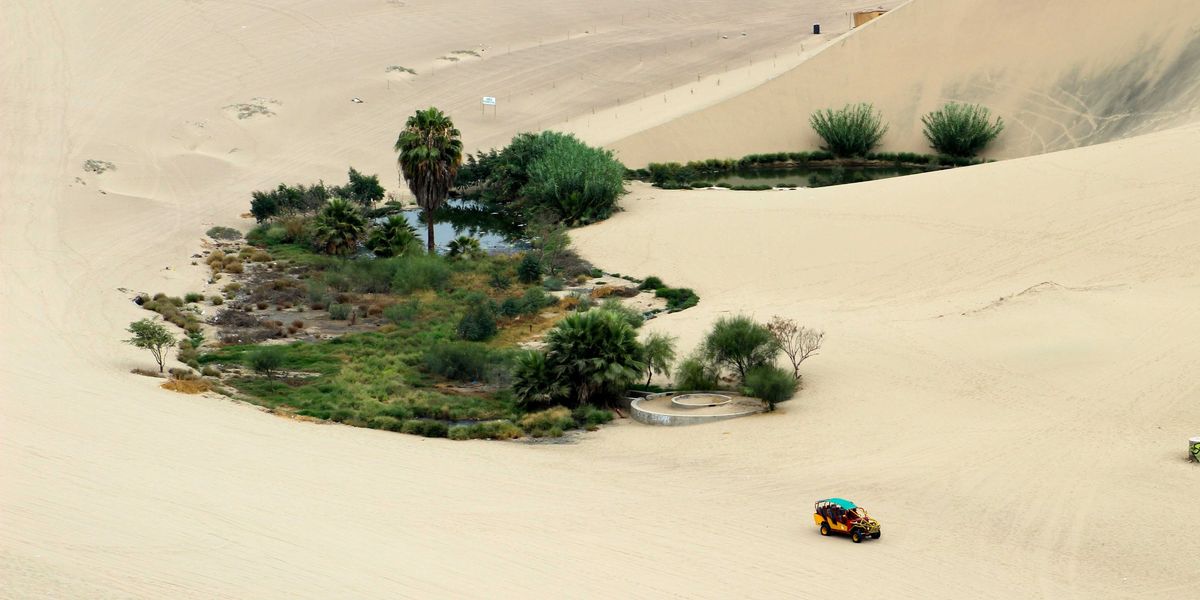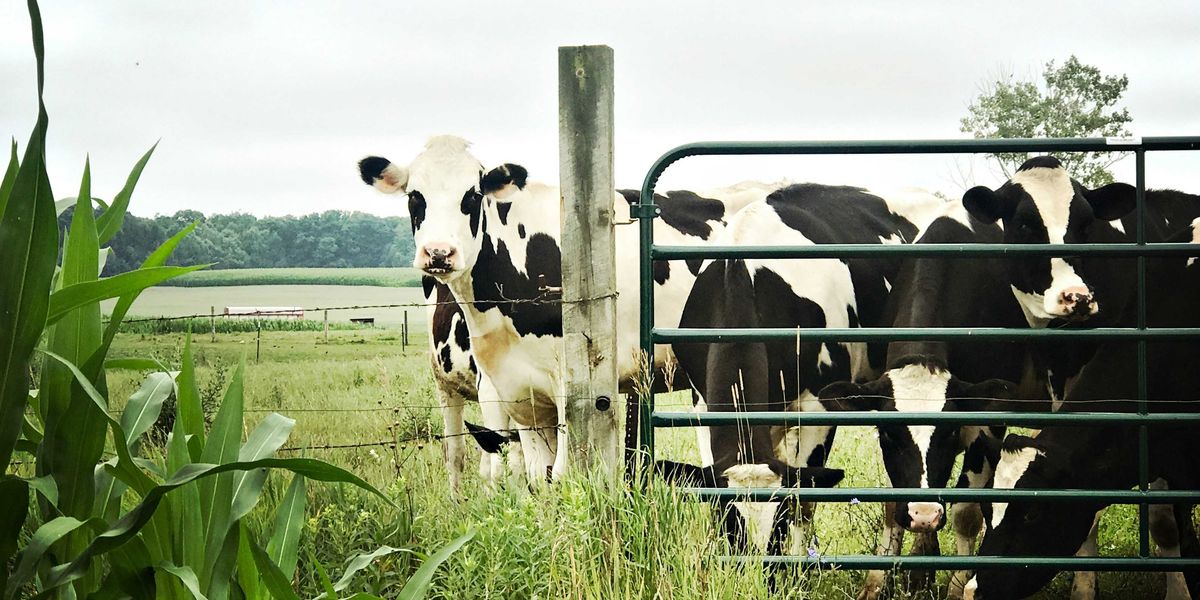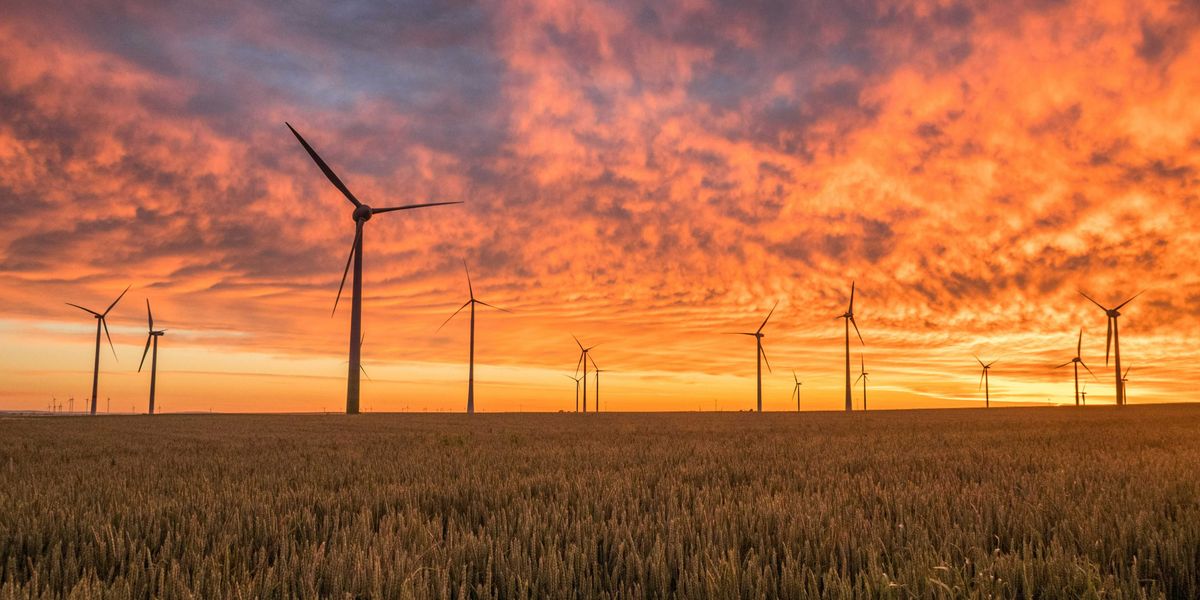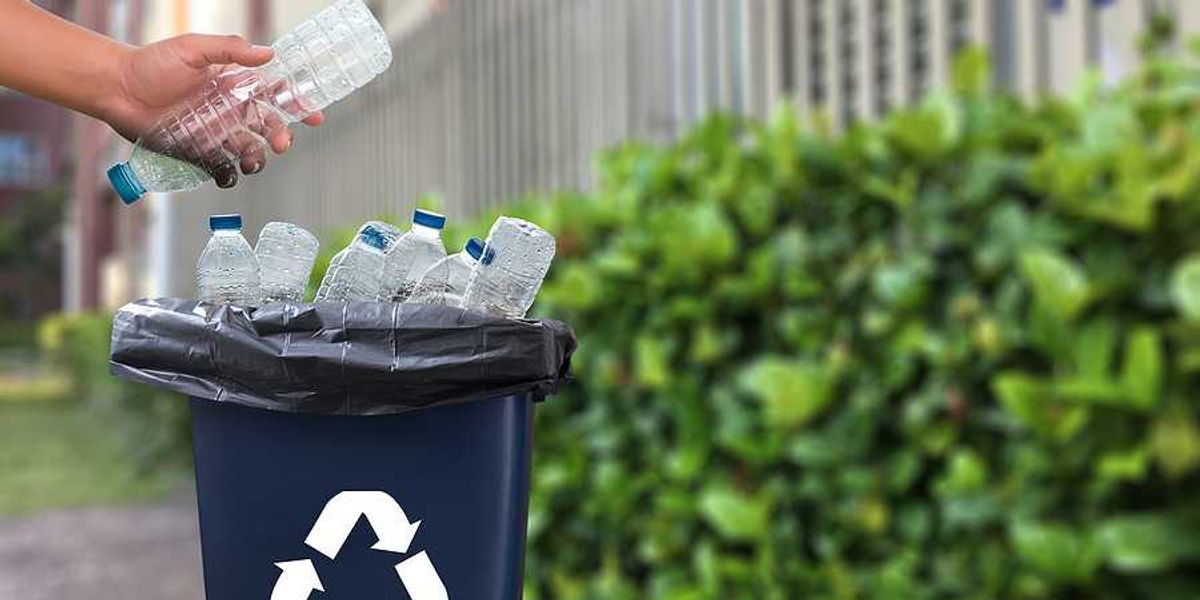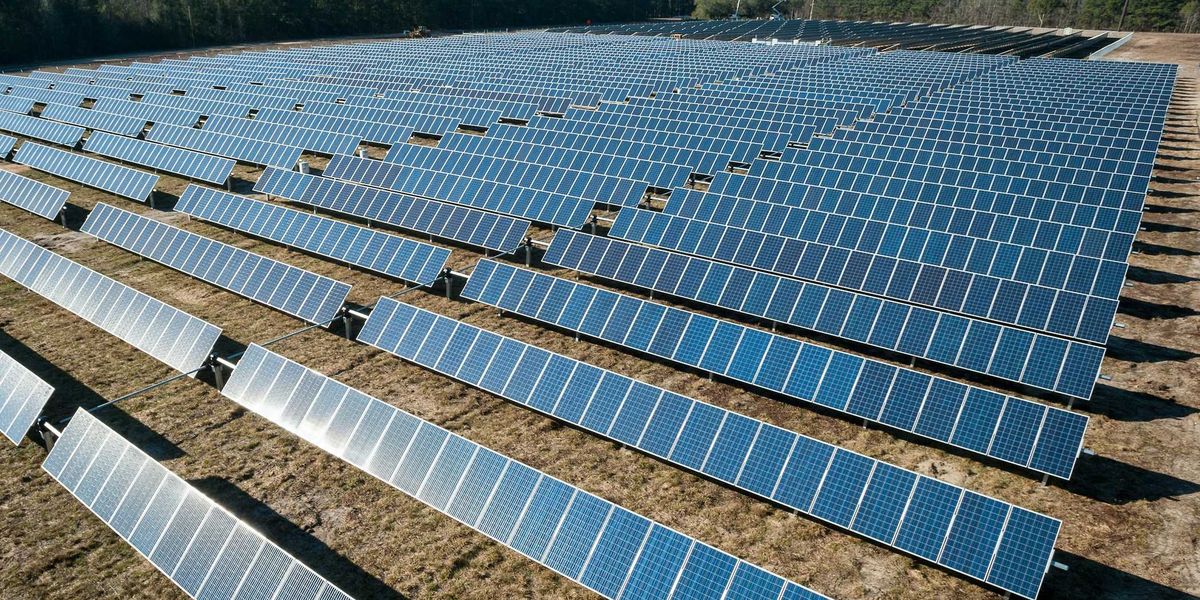Solar panels may offer lifeline to grasslands facing hotter, drier summers
A new study finds that solar arrays in Colorado’s dry grasslands can reduce water stress and boost plant growth during drought years by providing shade and redirecting rainfall.
Sharon Udasin reports for The Hill.
In short:
- Researchers studying solar installations in Colorado’s semi-arid grasslands found that grasses under the east side of solar panels grew more during drought years than those in open control sites.
- The panels provided shade and redistributed rainwater in ways that made the soil beneath them more favorable for plant survival during extreme heat and dryness.
- Scientists say that with better design and positioning, solar arrays could help support grazing and pollinator habitats while producing clean energy.
Key quote:
“Even though this solar array was designed to maximize energy generation — not to promote beneficial environmental conditions for the grasses grown beneath — it still provided a more favorable environment during a dry year.”
— Matthew Sturchio, postdoctoral researcher at Cornell University and lead author of the study
Why this matters:
As climate change tightens its grip on semi-arid regions, grasslands — already vulnerable to drought — are expected to face even more erratic rainfall and rising temperatures. This study suggests that under the right conditions, solar panels might actually enhance the land’s resilience, especially during dry spells. Shading can lower soil temperatures and reduce evaporation, while water dripping from panels adds needed moisture. These effects are especially relevant in the West, where drought has become more intense and persistent. Thoughtful solar deployment might serve not only climate mitigation but also adaptation.
Learn more: Farmers use solar panels to protect crops and conserve water

